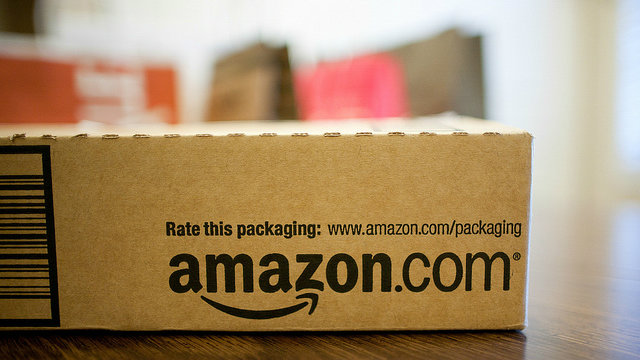The ubiquitous rise of Amazon.com, Inc. (NASDAQ:AMZN) has created one of the greatest challenges that the retail industry has ever faced. Traditional brick-and-mortar retailers have gone into meltdown, closing stores and, in some cases, even going out of business. This can be attributed to the meteoric rise of e-commerce behemoth Amazon, which has fundamentally challenged the traditional retail model and brought it crashing to earth.
Nonetheless, there are ways to protect your portfolio against Amazon and even profit from the explosive growth of e-commerce with these three stocks.
Now what?
The first opportunity is Pure Industrial Real Estate Trust (TSX:AAR.UN), which owns a portfolio of 165 income-producing light industrial properties across the U.S. and Canada.
The collapse of brick-and-mortar retailers has challenged the viability of shopping malls. After the U.S., Canada’s shopping malls have one of the highest densities of gross leasable area per capita globally. The loss of major anchor tenants, such as department stores, will trigger sharply lower demand for leasable retail floor space, casting a cloud over the profitability of retail REITs.
However, the rise of e-commerce has been a boon for industrial REITs, and nearly a third of Pure Industrial’s portfolio is represented by e-commerce, while another 44% is comprised of transportation and logistics. Demand for these types of services is growing at a rapid pace, because of the blistering rate at which online retail is expanding, causing the need for warehousing to grow at a brisk clip.
As a result, demand for light industrial properties is outstripping supply, leading to higher rents and occupancy rates, which will act as a powerful tailwind for Pure Industrial’s earnings. This is evident from its earnings for the first six months of 2017; adjusted net operating income popped by a massive 25% compared to a year earlier, and Pure Industrial’s occupancy rate at the end of that period was an impressive 97%.
Next is Canadian Pacific Railway Limited (TSX:CP)(NYSE:CP), which reported a solid third quarter 2017. Adjusted earnings per share grew by 6% year over year. This can be attributed to a solid 3% uptick in the volume of carloads transported, which was underpinned by a marked increase in the volume of metals, minerals, and consumer products transported during the quarter.
This trend will continue over the long term, because rail remains the only economic means of transporting bulk freight. Demand for bulk transportation will grow because of a stronger global economy as well as growing demand for transport services created by e-commerce, which will benefit Canadian Pacific’s intermodal and consumer products transport operations.
Finally, high-volume, low-margin dollar retailers such as Dollarama Inc. (TSX:DOL) are virtually Amazon-proof. The combination of convenience and low prices is difficult for Amazon to match, making it almost impossible to attract the type of customers who shop at dollar stores. That is compounded by the low margins associated with the types of goods sold, making it uneconomic for Amazon to sell and ship these items to customers.
The strength of Dollarama’s operating model is evident from its second-quarter results. Sales grew by almost 12% year over year, the gross margin shot up by 1.2%, and EBITDA expanded by an impressive 24%. That all contributed to a massive 31% increase in net earnings per share. This trend will continue for the foreseeable future, as the popularity of Dollarama grows, its product line improves, costs fall, and it keeps opening new stores.
So what?
While big-box retail remains under considerable pressure, these three companies are immune to Amazon’s relentless assault on traditional retail and, in fact, will profit from retail’s e-commerce driven evolution.







